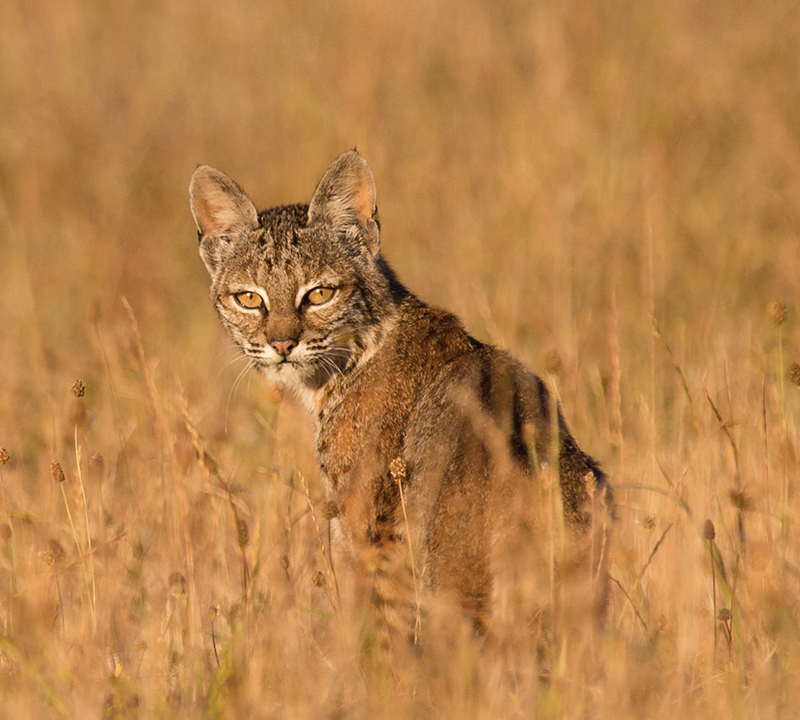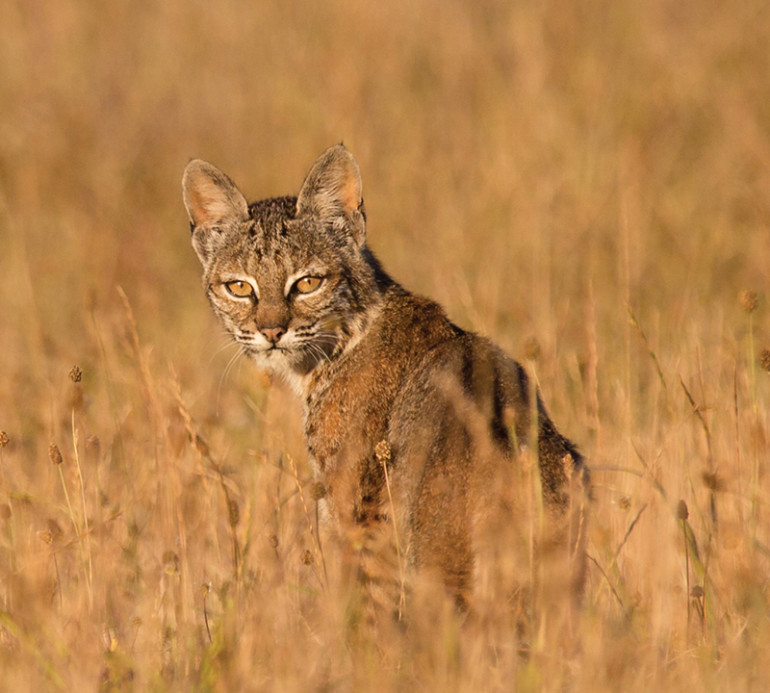
If you spend more than five minutes in one of Marin’s many outdoor settings, it is immediately evident that a very special animal community also calls the county home. Looking out for this unique population is San Rafael’s WildCare, an organization advocating for wildlife protection, caring for sick and injured creatures (more than 3,000 per year) and helping Marin residents coexist with our untamed neighbors. Here, WildCare communications manager Alison Hermance shares some of the best places to view local nonhumans in their natural habitat.
But first, a few quick tips. “Summer viewing is always a bit more challenging, as animals tend to hide during the heat of the day,” says Hermance. “For more frequent sighting of four-leggeds and songbirds alike, head out in the early morning or evening. And for a day of guaranteed animal encounters, there’s no place like West Marin.”
BALTIMORE CANYON This shady walk provides glimpses of screech owls and even the occasional fox.
BOLINAS LAGOON “This is absolutely the best place to see harbor seals at any time of the year,” says Hermance, who advises scanning the sandbars.
LAKE LAGUNITAS Waterfowl like pelicans, cormorants, egrets, gulls and herons share this body of water with the woodpecker and the western pond turtle.
LAS GALLINAS PONDS In addition to waterfowl and a family of black-shouldered kites — which Hermance describes as “truly beautiful raptors” — visitors will see kestrels, river otters, and barn owls at dusk.
MARIN HEADLANDS The Headlands are ideal for spotting great horned owls — there’s a nest near Rodeo Beach, Hermance says — as well as hawks. Rodeo Lagoon is also home to waterfowl and river otters.
RING MOUNTAIN Ring Mountain’s varied landscape attracts myriad birds: red-tailed and red-shouldered hawks circle overhead, as do turkey vultures. Wrens, warblers and spotted towhees inhabit the scrub areas.
TENNESSEE VALLEY “Tennessee Valley is the best place to get a glimpse of a bobcat — the population here is just not as nervous around humans,” says Hermance. Coyotes also appear on the paths from time to time.
TOMALES POINT In addition to sauntering coyotes, a large population of tule elk reside directly off-trail. Hermance suggests visiting during mating season (late August and early September) for an impressive display.


